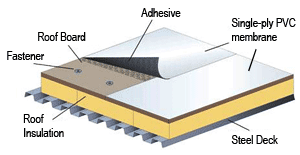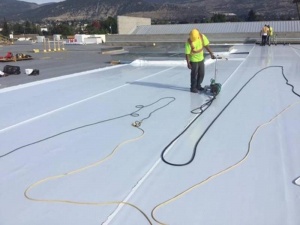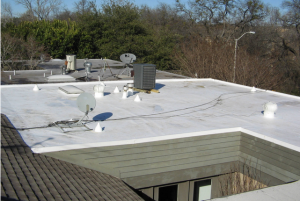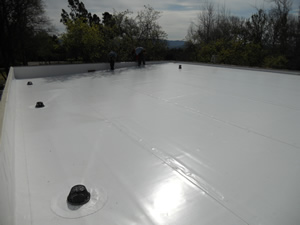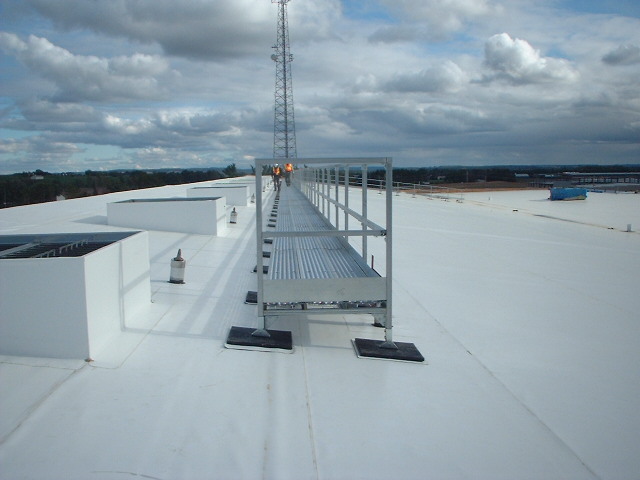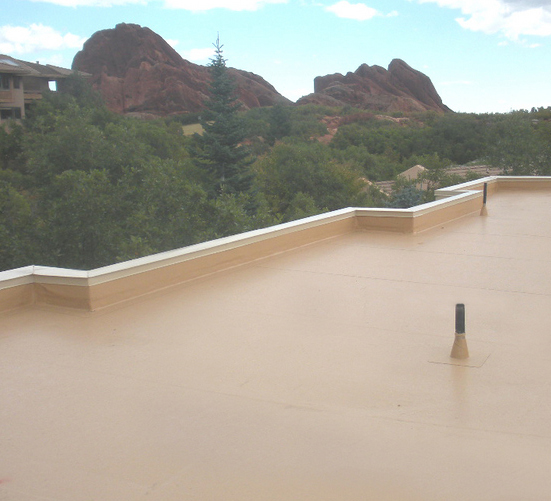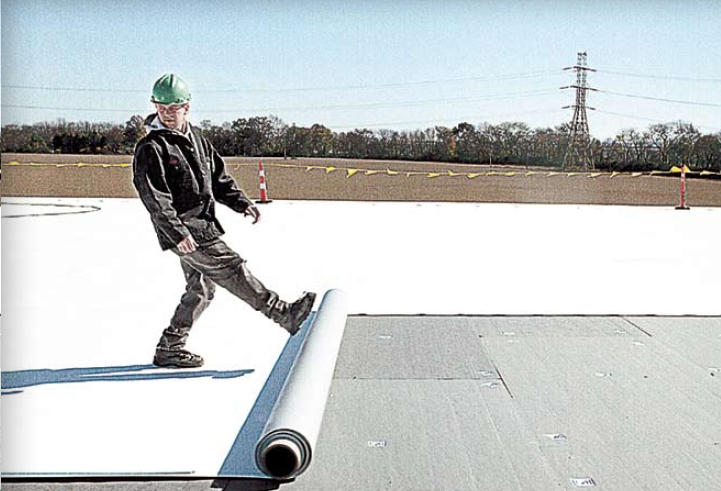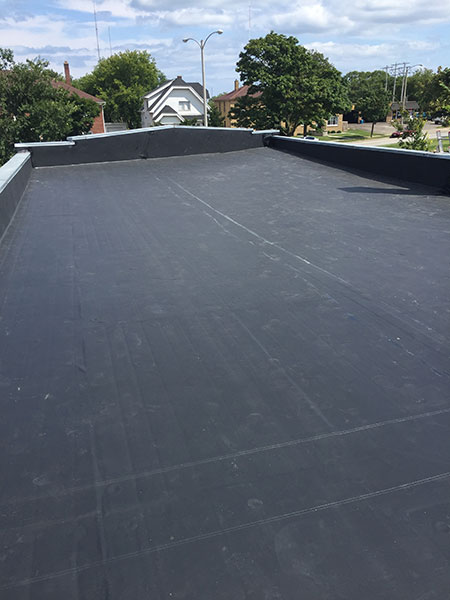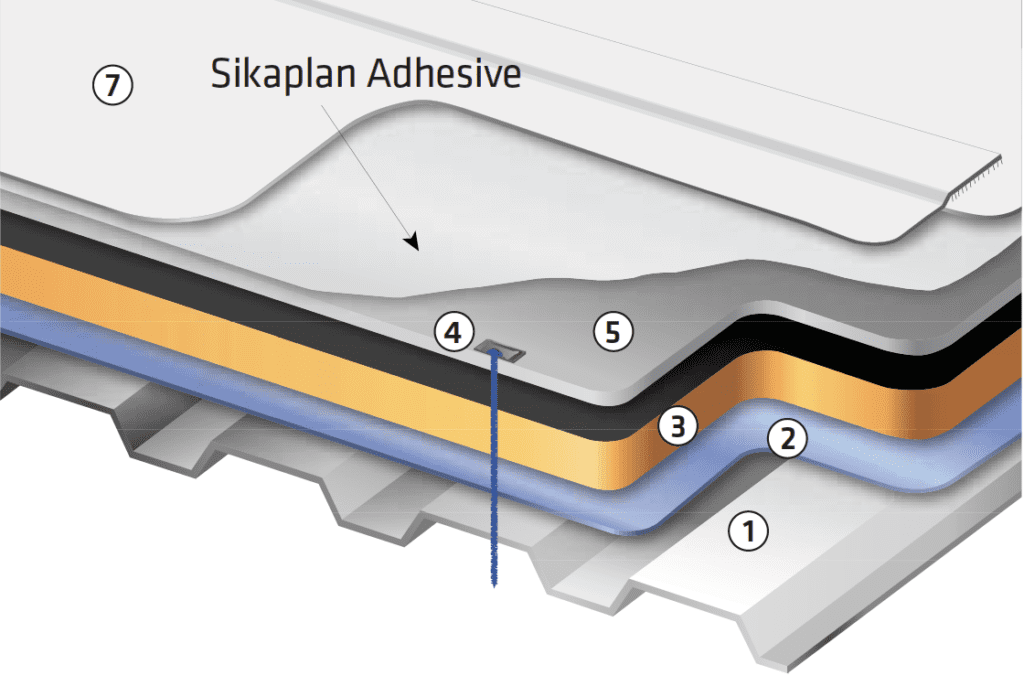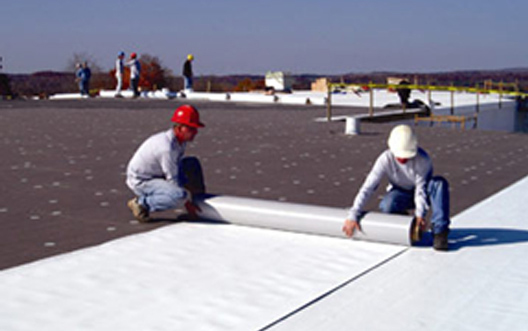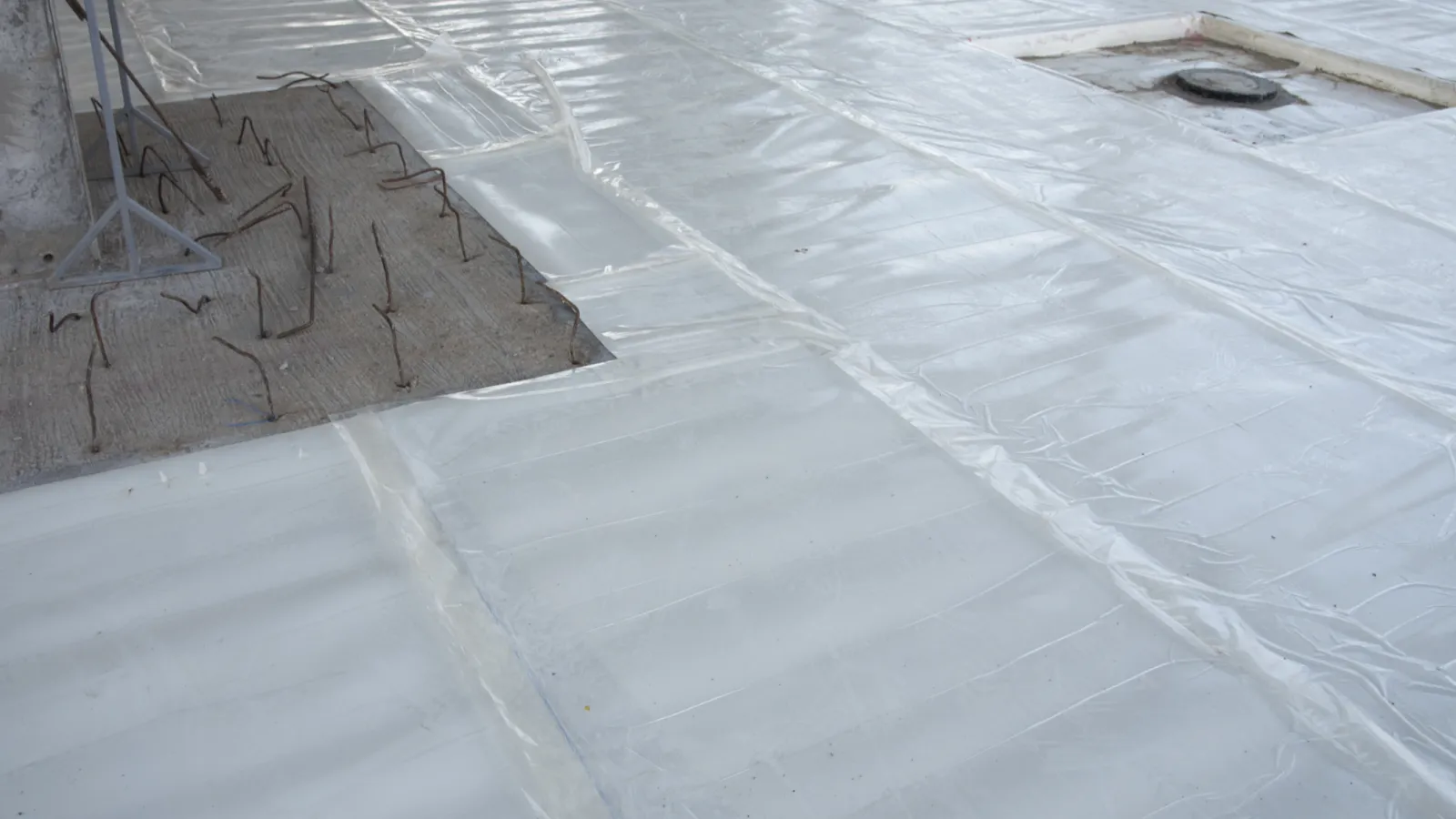Polyvinyl chloride pvc pvc sheets are produced by calendaring spread coating or extruding and typically are reinforced with polyester or glass fiber mats or scrim.
Thermoplastic membrane roofing pvc.
They are often used for roof recovers and attached over old roofs.
Unlike sarnafil which is formulated to perform above and beyond the industry standard sikaplan is formulated to the industry standard like the rest of the thermoplastic roofing membranes on the market.
Over the last few decades pvc polyvinyl chloride thermoplastic roofing membranes have become a primary choice for flat and low slope roofs.
These systems are generally categorized as thermoset and thermoplastic membranes.
On the other hand polyvinyl chloride pvc and thermoplastic polyolefin tpo two other common roofing systems for commercial buildings fall in the second category.
In addition to being energy star rated tpo s recyclability makes it an environmentally conscious system.
Tpo membranes are white and highly reflective making them an excellent choice for those looking to reduce energy costs.
The most common thermoplastic roof membranes are pvc and tpo.
Referred as elastomeric roofing systems these membranes are available in form of sheets.
The following provides general descriptions of these two systems.
Our pvc is a flexible thermoplastic membrane manufactured using an ultraviolet resistant polyvinyl chloride.
Pvc membranes deliver a pliable and durable sheet with excellent weathering characteristics and resistance to harsh chemicals and industrial pollutants.
An example of thermoset membranes includes ethylene propylene diene monomer epdm one of the most widely used roofing systems.
This membrane is best recognized for having the benefits of epdm and pvc systems at a more economical cost.

